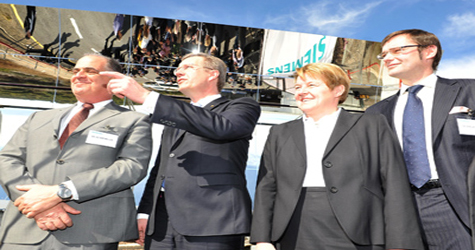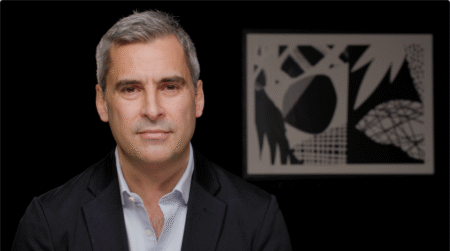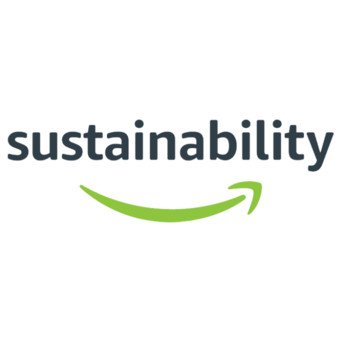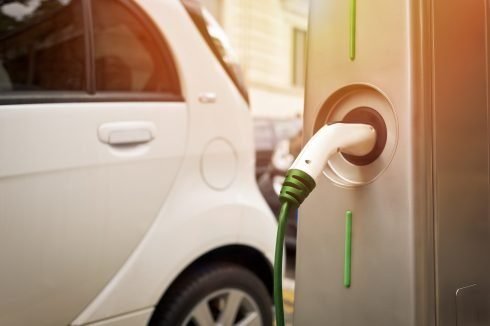The Siemens plant produces high-efficiency solar receivers, which are key components of solar thermal power plants.
Erlangen, Germany,[WorldofRenewables.com]
On November 29, on the occasion of a trip to Israel, German President Christian Wulff visited the Siemens solar thermal production plant in Bet Shemesh, Israel, approximately 20 kilometers west of Jerusalem. The Siemens plant produces high-efficiency solar receivers, which are key components of solar thermal power plants. The German head of state was provided with information on site on the individual steps involved in the production of these high-tech components and on prospects for the utilization of CO2-free solar energy. In October 2009, Siemens acquired the Israeli solar thermal company Solel with its competencies in the planning and construction of complete solar fields and in the development and production of solar receivers. Subsequent to the acquisition, the company has become a business unit within the Siemens Renewable Energy division of the Energy sector. This business unit is called Siemens STE (Solar Thermal Energy).
“The prospects for solar thermal power plants are good,” said René Umlauft, CEO of the Siemens Renewable Energy Division. “In the future solar power will play a greater role in the energy mix of countries located on the Earth’s sun belt.“ The potential is enormous: An area measuring 300 by 300 kilometers fitted with parabolic mirrors in the Sahara desert would be sufficient to meet the world’s total energy demand. “Solar thermal plants will also play a decisive role in the visionary desert power project, for which the Industrial Initiative Dii is developing a technical and economic concept,” said Umlauft.
“Siemens is the only company worldwide capable of providing approximately 70 percent of a solar thermal power plant from a single source,” said Avi Brenmiller, CEO of the Siemens Business Unit Solar Thermal Energy. Its portfolio encompasses components such as solar receivers and steam turbines. The offerings also include solar fields and the entire power generating section. The solar receivers produced in Bet Shemesh are deployed in parabolic-trough power plants. In these plants the solar energy is focused by parabolic mirrors onto the solar receivers. The entire mirror moves to track the sun and maximize the collection of solar energy. A fluid flows through the receivers as a heat transfer medium – typically a synthetic thermo oil. In the process the fluid is heated and its energy is transfered via a heat exchanger to water. The steam thus produced is used to generate electricity in a steam turbine-generator.
Although concentrated solar power is already a successful technology, with thousands of megawatts already installed and operational, development is by no means exhausted. Siemens is working intensely on further reduction of costs and greater efficiencies, through innovations such as optimization of the water/steam cycle, new receiver technologies and new heat storage systems. Siemens is well on track to achieve whole-sale parity in the mid term, particularly at locations with high levels of insolation. Whole-sale parity means that the power generating costs of solar thermal power plants are just as high as the market price for power traded on the electricity exchange. Solar thermal technology would thus be competitive on a cost basis, that is without subsidies and incentives.
Components and solutions for solar thermal power plants are part of Siemens’ Environmental Portfolio. In fiscal 2010, revenue from the Portfolio totaled about EUR28 billion, making Siemens the world’s largest supplier of ecofriendly technologies. In the same period, our products and solutions enabled customers to reduce their carbon dioxide (CO2) emissions by 270 million tons, an amount equal to the total annual CO2 emissions of the megacities Hong Kong, London, New York, Tokyo, Delhi and Singapore.
The Siemens Energy Sector is the world’s leading supplier of a complete spectrum of products, services and solutions for the generation, transmission and distribution of power and for the extraction, conversion and transport of oil and gas. In fiscal 2010 (ended September 30), the Energy Sector had revenues of approximately EUR25.5 billion and received new orders totaling more than EUR30.1 billion and posted a profit of more than EUR3.6 billion. On September 30, 2010, the Energy Sector had a work force of more than 88,000. Further information is available at: www.siemens.com/energy












